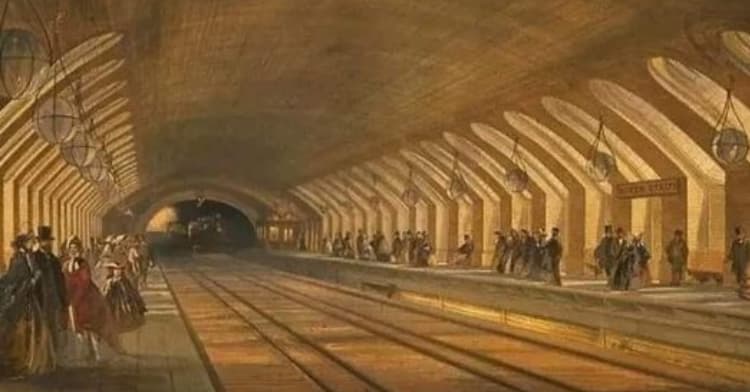Dorney Court in Buckinghamshire stands as a testament to Tudor architecture and historical significance, earning its Grade I listing. Constructed in 1440, this magnificent manor house has been proudly owned by the Palmer family for over 450 years, spanning an impressive thirteen generations.
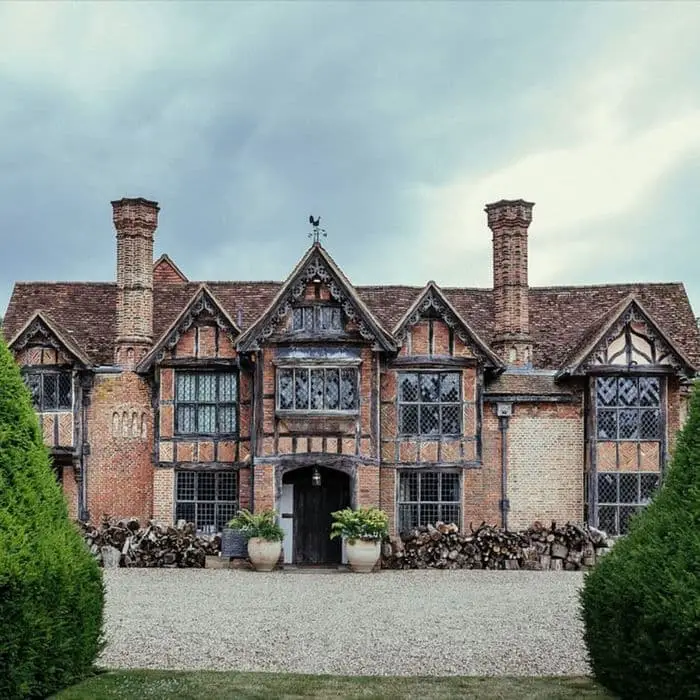
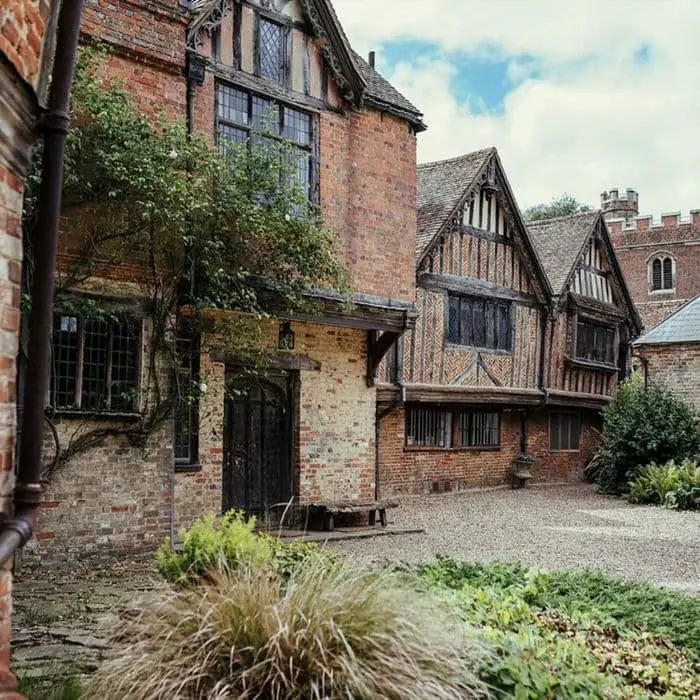
The estate’s name, “Dorney,” derives from the Saxon term for “island of bees,” reflecting its rich history of honey production, which continues to this day. Notably, Dorney Court holds the distinction of being the site where the first pineapple cultivated in England was grown, presented to King Charles II in 1661. Intriguingly, Charles II’s interests extended beyond horticulture, as he became involved with Barbara Palmer, a resident of the house who became his mistress.
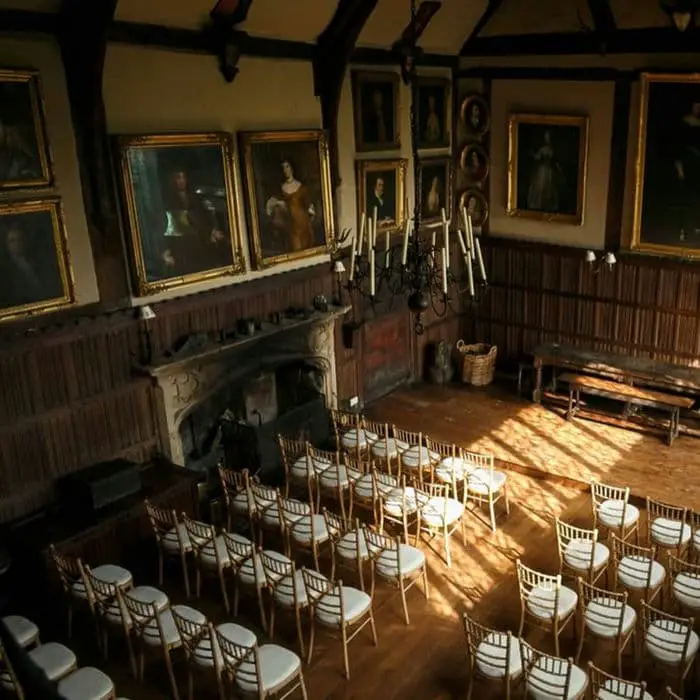
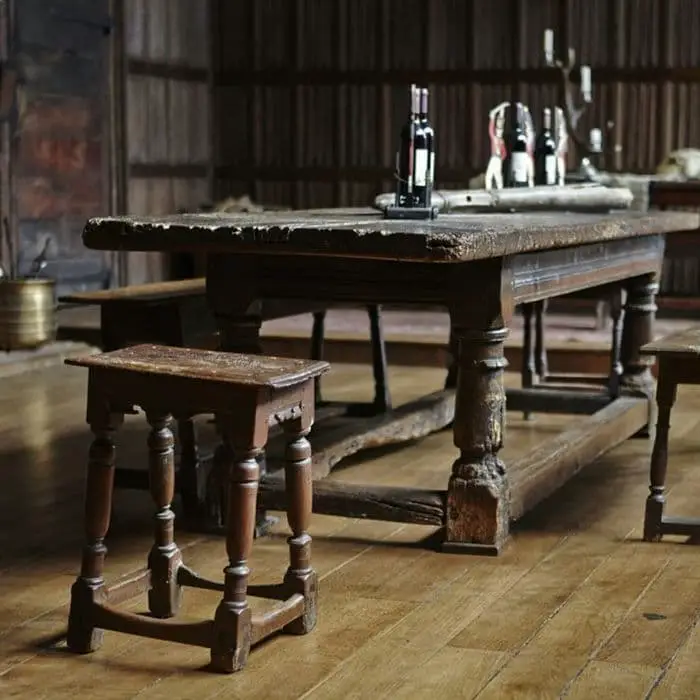
While Dorney Court may appear entirely medieval at first glance, parts of its exterior underwent Victorian reconstruction. However, the interior layout remains largely unchanged since the 1500s. The panelled parlour, adorned with exquisite antique furniture, stands as a testament to the house’s rich heritage.
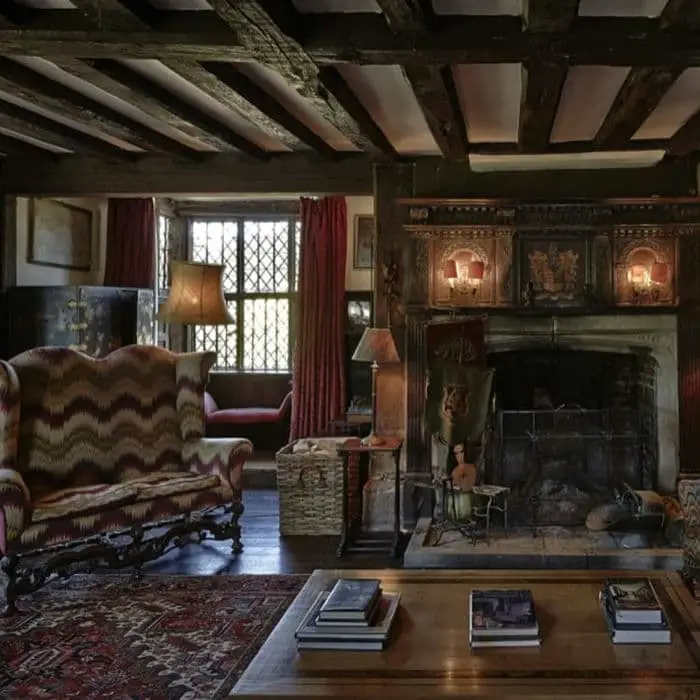
One of the most striking features of Dorney Court is its impressive collection of furniture, spanning various periods in history. The Great Hall, adorned with family portraits and Faversham Abbey’s linenfold panelling, provides a glimpse into the manor’s past as a site for the manor court and Commoners’ meetings. Visitors with an appreciation for history and craftsmanship will find themselves captivated by the diverse array of furniture pieces, ranging from Restoration-era pieces to ancient oak tables with storied pasts.
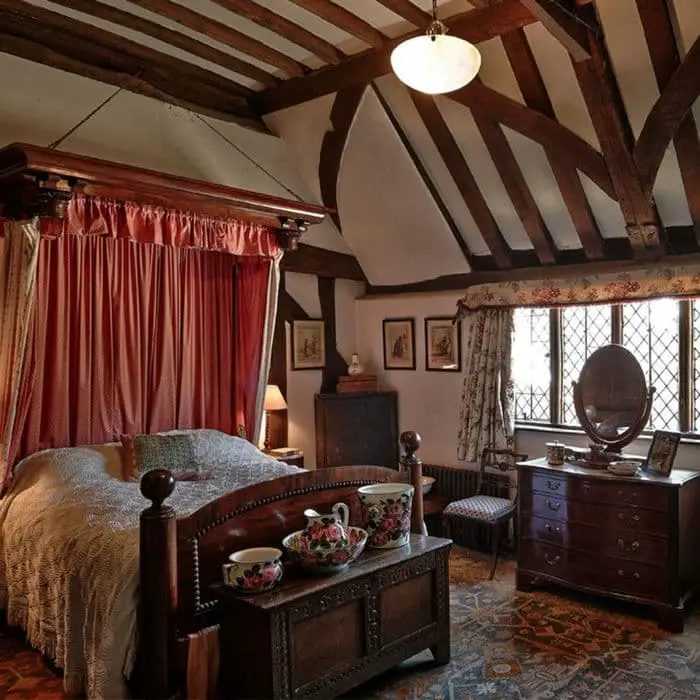
The manor’s extensive gardens, divided by ancient yew hedges and bordered by herbaceous displays, offer visitors a tranquil retreat. Adjacent to Dorney Court stands the 13th-century church of St James the Less, with its Norman front and Tudor tower, open to the public for exploration.
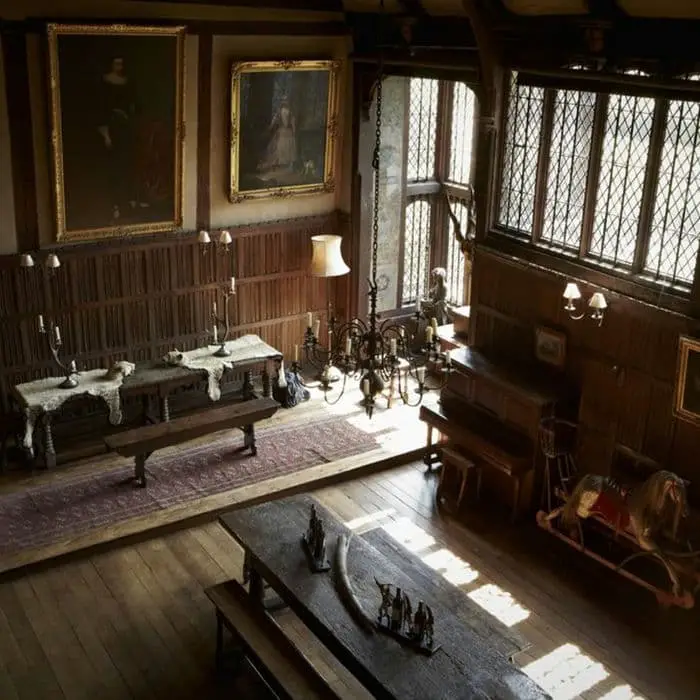
A notable highlight of Dorney Court is an Elizabethan tapestry, rediscovered by chance in 1902 after being lost for many years. This exquisite piece of needlework, depicting the lives of various Palmers in the 16th century, serves as a testament to the manor’s storied past.
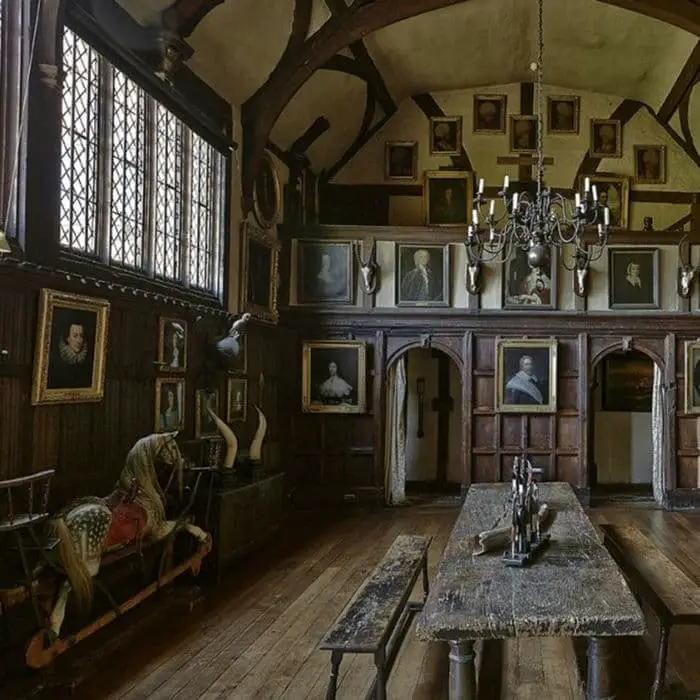
As a cherished family home, Dorney Court exudes warmth and charm, inviting visitors to experience its rich history firsthand. While photography is restricted within the house, guided tours offer insight into its fascinating heritage, from mentions in the Domesday Book to its association with notable figures such as Sir William Garrard, the 16th-century Lord Mayor of London.
Visitors to Dorney Court can expect to be transported back in time, immersing themselves in centuries of history and heritage. Whether admiring the Tudor architecture, exploring the gardens, or discovering hidden treasures within the manor, a visit to Dorney Court promises an unforgettable journey through England’s past.

